July 4th was a good day for Arianespace’s hugely successful Ariane 5 rocket which flawlessly launched a pair of satellites, those being a French military spacecraft and a communications technology testbed for Germany.
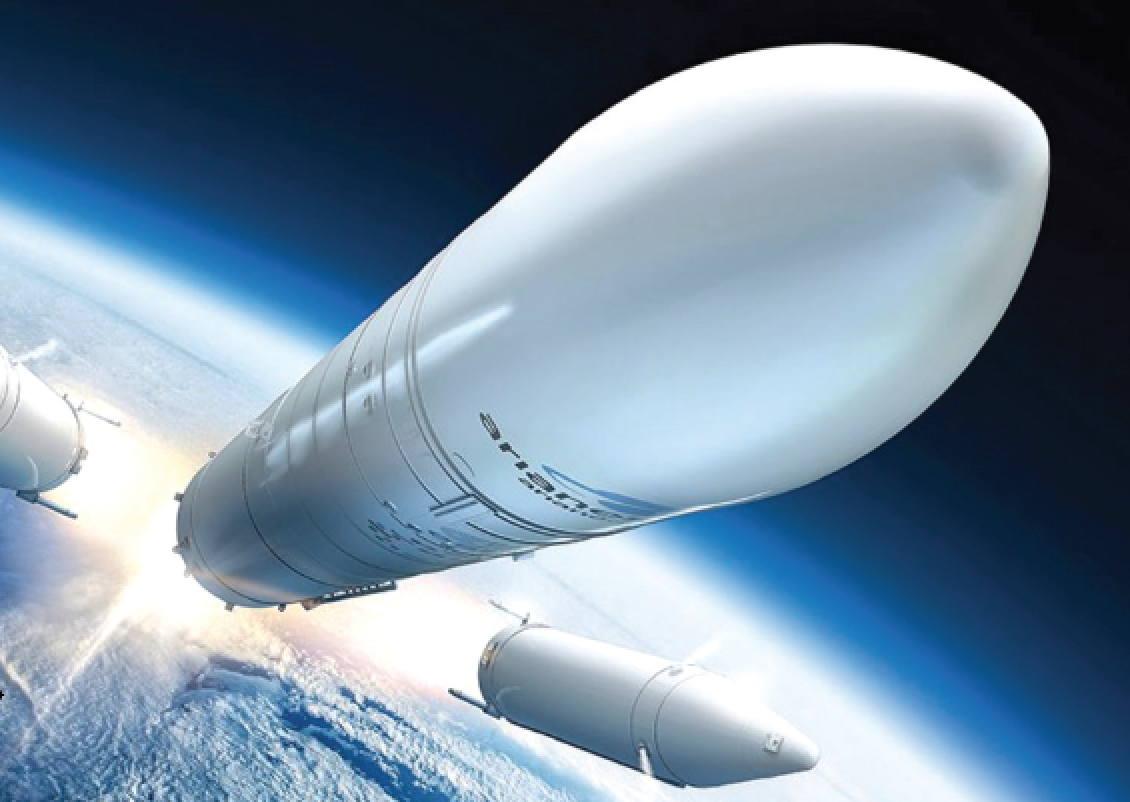
The Ariane 5 carried the Heinrich-Hertz test craft and France’s Syracuse 4B satellites into a geostationary transfer orbit (GEO) from the French Guiana Space Center in Kourou on the northeastern coast of South America.
The success was a justifiable moment of praise for Ariane 5’s longevity — its first flight took place back in 1996 — and, despite a few initial hiccups, the various versions of Ariane 5 have completed 116 launches. However, inevitably, there was also sadness, given that the July 4 launch was the last for the Ariane 5 rocket.
By now, there should have been an Ariane 6 launch vehicle ready to take over the European, heavy-launch demands for capacity — but it is late... very late. As of March 2014, Ariane 6 was projected to be launched in July of 2020. That date slipped, and slipped... and slipped again. As this column is being written, the new Ariane 6 vehicle is not expected to make the inaugural launch until 2024, years later than originally planned.
Arianespace and the European Space Agency and that organization’s various production partners wanted Ariane 6 to be dramatically less expensive to fly than Ariane 5. Ariane 5 typically charged up to 150 million euros, depending on the task required. The design brief for Ariane 6 talked about achieving about 70 million euros per flight, about half of the Ariane 5 price.
The fee was not an accident, but represented a direct element of competition to Elon Musk’s SpaceX Falcon 9 rockets.
However, Arianespace had a few back-up rockets in reserve. First, there was the long- running relationship with Russia’s Soyuz rocket family... however, the Ukraine invasion by Russia ruined that scheme.
Then there was Italy’s Vega suite of rockets. But in December of 2022, a Vega-C launch failed shortly after take-off and that resulted in the rocket being grounded.
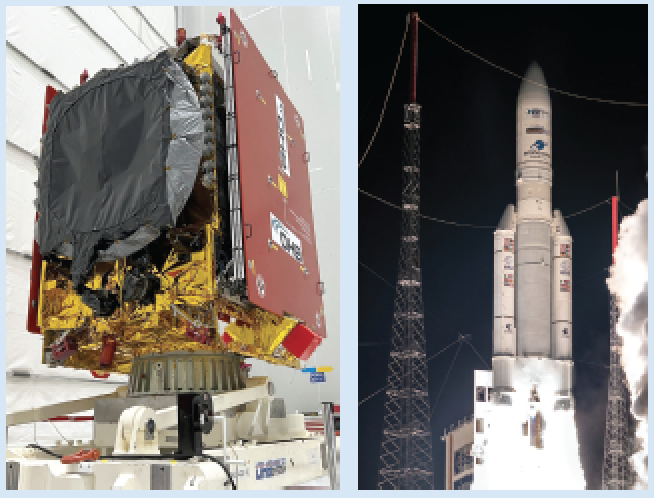
Left Photo of the Heinrich-Hertz 4B satellite, courtesy of OHB;
Right An Ariane 5 lauch vehicle liftoff. Photo is courtesy of Arianespace.
Worse, perhaps, a June test-firing of the Vega’s engine was also terminated early. Last year’s launch failure was blamed on the rocket’s “throat nozzle” and its supplier (a Ukrainian company) cited as being responsible.
Avio SpA is the Vega rocket’s builder and the engine firing test was supposed to last 97 seconds, but the engine shut down, losing pressure, after just 40 seconds.
“The new carbon-carbon material showed a nominal performance, closely linked to prediction,” Avio stated. “However, after 40 seconds into the test, another anomaly was revealed, leading to a reduction in overall pressure performance of the motor.”
ArianeGroup is supplying a new Zefiro-40 nozzle throat. Avio said in a June 29th. statement that the test showed no issues with the new component.
The failure means it is back to ‘square one’ for Avio and ArianeGroup and means that the rocket is unlikely to return to launch duties this year. This delay only adds to the problems for Arianespace, given the long delays to the availability of the new Ariane 6 rocket.
Meanwhile, Arianespace has provided a detailed time-table for the introduction of the new Ariane 6 version.
Left: Vega liftoff; Right: Photo of the Vulcain rocket engine during a hot fire test. All courtesy of ESA. 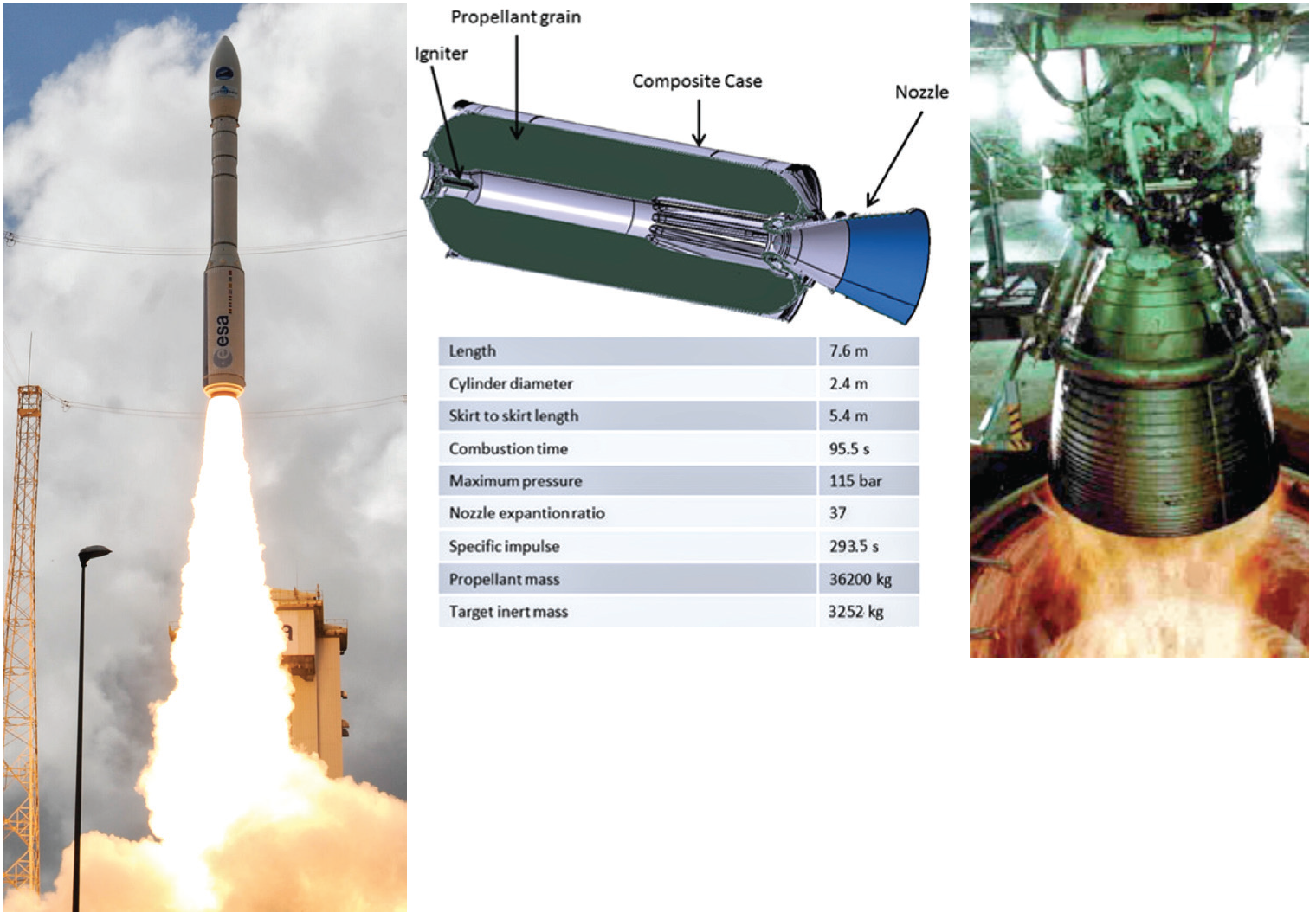
As mentioned, Ariane 6 is already extremely late and the original objective was for the rocket to seamlessly take over the launch missions from Ariane 5. While managers have stressed that there are no major development issues remaining, it is likely that the new rocket’s inaugural flight will not happen until the first half of 2024.
Launch vehicle assembly at its Kourou (French Guiana) launch pad is scheduled for this coming November. This will be followed by a test flight as soon as possible this coming winter.
Arianespace is in the happy position of having 28 launches pre-booked, of which an 18 launch contract from Amazon’s Project Kuiper broadband constellation is key.
However, it is this Amazon contract that has generated worrying comments. For example, industry consultant Tim Farrar (of TMF Associates) expressed doubts that, by 2026, Arianespace will have achieved their target of 1,600 satellites on-orbit for Kuiper.
Arianespace says that by 2025, it could be flying 9 to 10 launches per annum (thanks to its ‘Block-2’ variant) and, specifically, that is stated with the Project Kuiper demands in mind. But Arianespace executives admit that the 9 to 10 targets could slip to 2026 or 2027/28, “at the latest.”
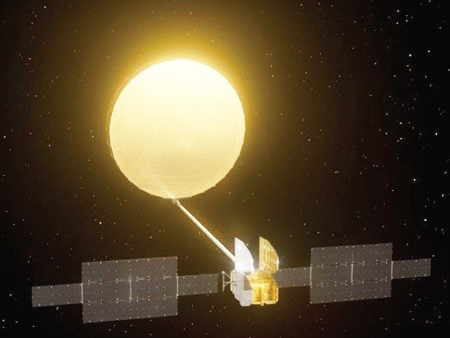
Artistic rendition of the Viasat-3 satellite, courtesy of Viasat.
As well as accepting delays, it is also becoming increasingly clear that Arianespace’s overall objective of reducing by 50 percent the cost of building and launching these new versions will be missed. At best — according to the European Space Agency —Arianespace will achieve a 40 percent reduction in build and launch costs when compared to Ariane 5.
Josef Aschbacher, Director General of ESA, remains optimistic and told journalists, “I have to say that it is too speculative to mention a certain inaugural flight date because we have to master a number of technical challenges first.”
Aschbacher said Ariane 6 faces several key development challenges: In the few next weeks, ESA has to make a decision on new, opto-pyro technology — a critical part of the rocket’s separation system.
Then there’s the full, hot-fire test of Ariane’s Vulcain engine is scheduled to take place in July; there are also reportedly problems with software development run by France’s space agency, CNES.
Once the engines are tested, it will be that much easier to firm up on a prospective launch date, the European space boss said.
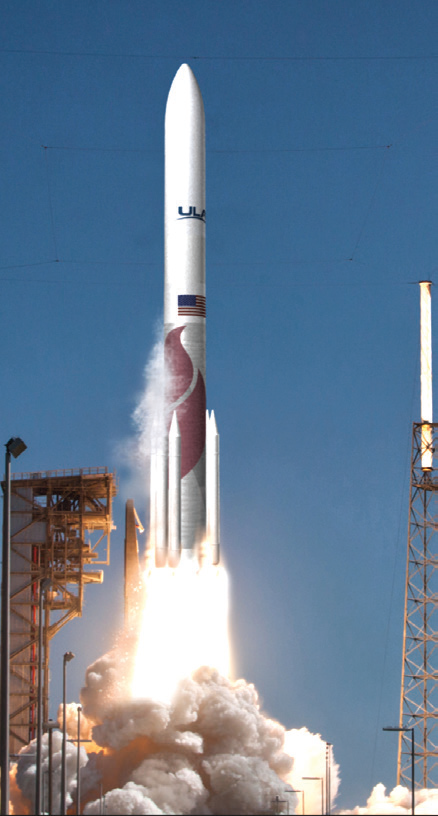
Image of a ULA Vulcan liftoff, courtesy of the company.
“We have made a lot of progress recently,” Aschbacher said, while adding that the delays remain “very serious” and that steps have been taken internally, including switching management staff, to “get Ariane 6 onto the launch pad as quickly as possible.”
Another update came from the Ariane 6 Launcher Task Force set up with ESA’s top management, the launch base prime contractor (CNES), the rocket’s builder ArianeGroup, and service provider Arianespace. However, the news was not good, with one influential observer saying the new timetable is “impossible” and means that any prospects of a winter 2023-2024 launch is now under extreme pressure.
The statement from ESA stated that, while tests of various components will take place throughout this summer of 2023, the actual Launch vehicle assembly — i.e., the rocket — will not commence before November 2023. The statement read, “Launch vehicle assembly and beginning of the inaugural flight launch campaign — Following sea transportation of lower and upper stages from France and Germany to French Guiana, this process will include in a full- fledged flight configuration a final dress rehearsal.”
The Task Force has not offered any information as to a likely launch date for the test flights. One contractor involved in the project (OHB) has publicly said that the Ariane 6 debut launch would not happen until the early part of 2024.
In May of 2023, these problems came home to roost for Arianespace. It emerged that Arianespace has lost an important contract to launch a major satellite for Viasat. SpaceX’s launch of the massive ViaSat-3 Americas satellite on April 30th seemed to cement Viasat’s loyalty toward SpaceX.
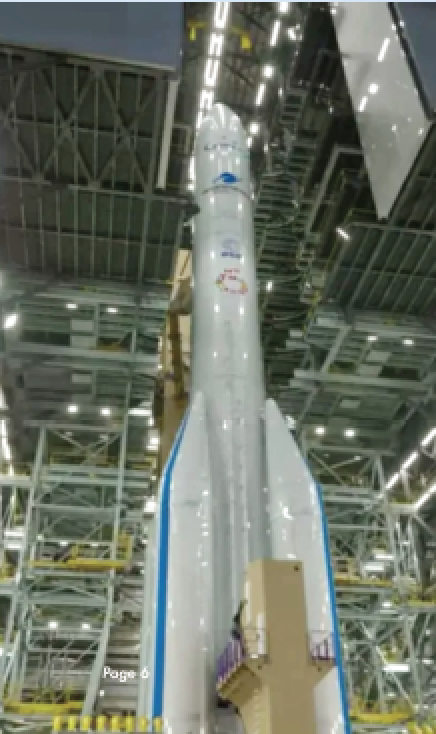
Dave Ryan, Viasat’s president of space and commercial networks, in an interview with CBS News, explained his dilemma and said, “The Ariane, unfortunately, we had to change because they were having difficulties getting the Ariane 6 ready to go, and then secondly, when the [Ukraine] war broke out, some of the launches that they were responsible for on Russian launchers had to be transferred over to their Ariane vehicles. That pushed us later in line. So, it got so late that we had to put that third satellite out for bid and we’re evaluating the proposals right now.”
Ryan’s comments suggest that there are only two possible alternates for the ViaSat-3 APAC satellite launch. They include another contract for SpaceX or, possibly, a United Launch Alliance’s (ULA) Vulcan Centaur rocket. The ViaSat satellite will be ready for launch around the middle of 2024.
The ViaSat craft are heavy, with each weighing more than 6 tons. Viasat also wants each satellite to be orbited close to its target, orbital position. SpaceX, on April 30th, used its Falcon Heavy configuration which was comprised of the main rocket and its booster, plus two ‘strap- on’ additional boosters.
Musk, as of this writing, has his own challenges, not the least of such is with his giant Starship project. But at least SpaceX has the ultra-reliable Falcon 9 (and Falcon Heavy) rockets, and at what might seem to be ‘bargain basement’ launch fees, when compared to Ariane 6 (and even U.S. competitors ULA and Blue Origin).
Competition is healthy... and all of these rivals want to stay in business. But European industry, commercial operators, military and scientific missions all want to fly with a local provider. The fact of the matter is that Ariane can win international contracts at competitive prices — not least among them being Amazon’s Kuiper launches.
The world is watching Arianespace’s progress... and optimism is not exactly high at this moment in time!

Chris Forrester
Author Chris Forrester is a well-known broadcasting journalist, industry consultant and Senior Columnist for SatNews Publishers. He reports on all aspects of broadcasting with special emphasis on content, the business of television and emerging applications. He founded Rapid TV News and has edited Interspace and its successor Inside Satellite TV since 1996. He also files for Advanced-Television.com. In November of 1998, Chris was appointed an Associate (professor) of the prestigious Adham Center for Television Journalism, part of the American University in Cairo (AUC), in recognition of his extensive coverage of the Arab media market.


